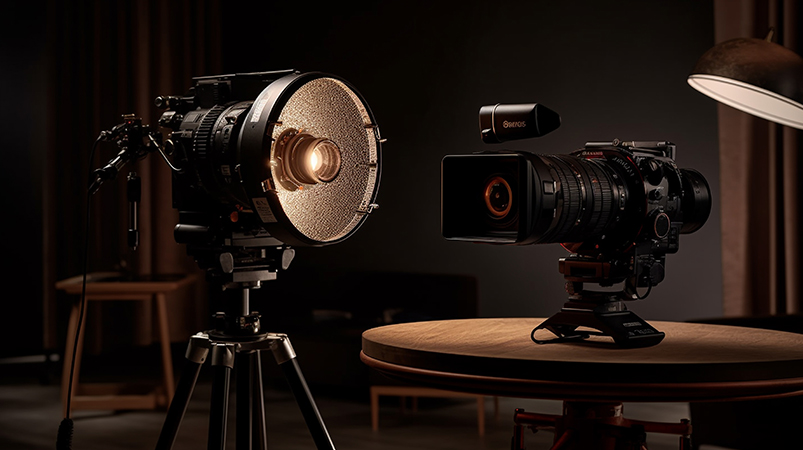Cinematography courses are designed to teach individuals the art and technical aspects of capturing images for film, television, and other visual media. These courses cover a range of topics, from the basics of camera operation to the creative and aesthetic elements of cinematography. Here are some key aspects you might encounter in cinematography courses:
Camera Operation and Technology:
Courses typically start with an introduction to camera equipment, operation, and technology. This includes understanding different types of cameras, lenses, sensors, and other essential gear.
Composition and Framing:
Cinematography is a visual art, and courses focus on teaching students how to compose shots effectively. This includes understanding framing, camera angles, and the use of visual elements to tell a story or convey a mood.
Lighting Techniques:
Lighting is a critical aspect of cinematography. Courses cover various lighting techniques, including natural light, artificial light, and creative approaches to achieve different moods and atmospheres.
Color Theory:
Understanding the use of color in cinematography is essential. Courses often cover color theory, color grading, and the psychological impact of different color choices in visual storytelling.
Camera Movement:
Cinematographers use camera movement to enhance storytelling. Courses teach students how to use techniques such as tracking shots, dolly shots, and steadicam operation to create dynamic and engaging visuals.
Storytelling through Cinematography:
Cinematography is not just about technical skills; it's also about conveying the narrative visually. Courses explore how cinematography contributes to storytelling, character development, and overall film structure.
Post-Production Processes:
Some courses may touch on post-production aspects related to cinematography, such as color grading, editing, and collaboration with other members of the post-production team.
Industry Tools and Software:
Cinematographers often use specialized software for pre-visualization and collaboration. Courses may introduce students to industry-standard tools and software used in the field.
Location Shooting:
Understanding how to shoot in different environments, both indoor and outdoor, is crucial. Courses may cover considerations such as natural light, weather conditions, and the use of practical locations.
Collaboration and Communication:
Cinematographers work closely with directors, producers, and other crew members. Courses often emphasize effective communication, collaboration, and the ability to translate a director's vision into visual elements.
When choosing a cinematography course, consider the level of expertise it caters to, whether it's for beginners, intermediate, or advanced practitioners. Practical hands-on experience, access to professional equipment, and opportunities for networking with industry professionals can also enhance the learning experience. Cinematography courses may be offered by film schools, universities, and specialized training institutions. Additionally, online platforms may provide flexibility for those unable to attend in-person classes.


